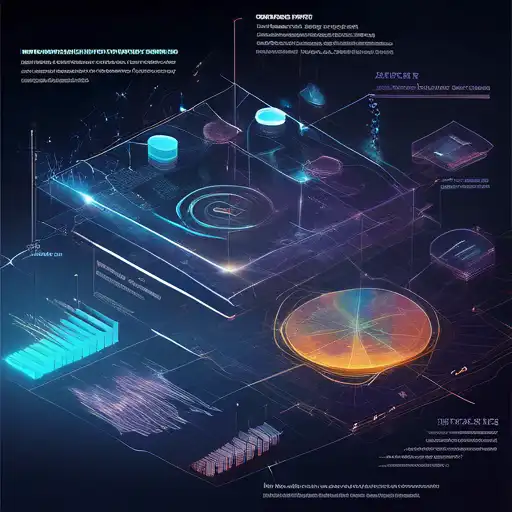Introduction to Data Visualization
In the era of big data, the ability to visualize complex datasets in an understandable and actionable manner is invaluable. Data visualization techniques transform raw data into visual contexts, such as charts, graphs, and maps, making it easier to identify patterns, trends, and outliers. This article explores the most effective data visualization techniques that can help businesses and individuals gain better insights from their data.
Why Data Visualization Matters
Data visualization is not just about making data look attractive; it's about making data accessible and comprehensible. By leveraging visual elements, stakeholders can grasp difficult concepts or identify new patterns quickly. Effective visualization helps in decision-making by highlighting areas that require attention or improvement.
Key Data Visualization Techniques
1. Bar Charts and Column Charts
Bar and column charts are among the simplest and most commonly used visualization techniques. They are ideal for comparing quantities across different categories. For instance, a business might use a bar chart to compare monthly sales across different regions.
2. Line Graphs
Line graphs are perfect for displaying data trends over time. They can show how a particular metric, such as website traffic or stock prices, changes over days, months, or years.
3. Pie Charts
Pie charts are useful for showing proportions within a whole. They can quickly convey how different segments contribute to the total, such as market share distribution among competitors.
4. Scatter Plots
Scatter plots are excellent for identifying correlations between two variables. They can reveal patterns or relationships that might not be apparent from raw data alone.
5. Heat Maps
Heat maps use color coding to represent data values, making them ideal for visualizing complex data sets like website user activity or geographic data.
Advanced Data Visualization Techniques
For more complex datasets, advanced techniques such as interactive dashboards, geospatial mapping, and network diagrams can provide deeper insights. These methods allow users to explore data in more dynamic and interactive ways.
Best Practices for Effective Data Visualization
- Know your audience and tailor the visualization to their needs and understanding.
- Choose the right type of chart or graph that best represents your data.
- Use colors and labels wisely to enhance readability, not distract.
- Keep it simple. Avoid cluttering your visualization with too much information.
- Ensure your visualization tells a story or highlights key insights.
Conclusion
Data visualization is a powerful tool for uncovering insights that might otherwise remain hidden in raw data. By selecting the appropriate techniques and adhering to best practices, businesses and individuals can make informed decisions based on clear, actionable data. Whether you're a data scientist, business analyst, or just someone interested in data, mastering these visualization techniques can significantly enhance your ability to communicate and understand complex information.
For more insights into data analysis and visualization, explore our Business Intelligence section.
